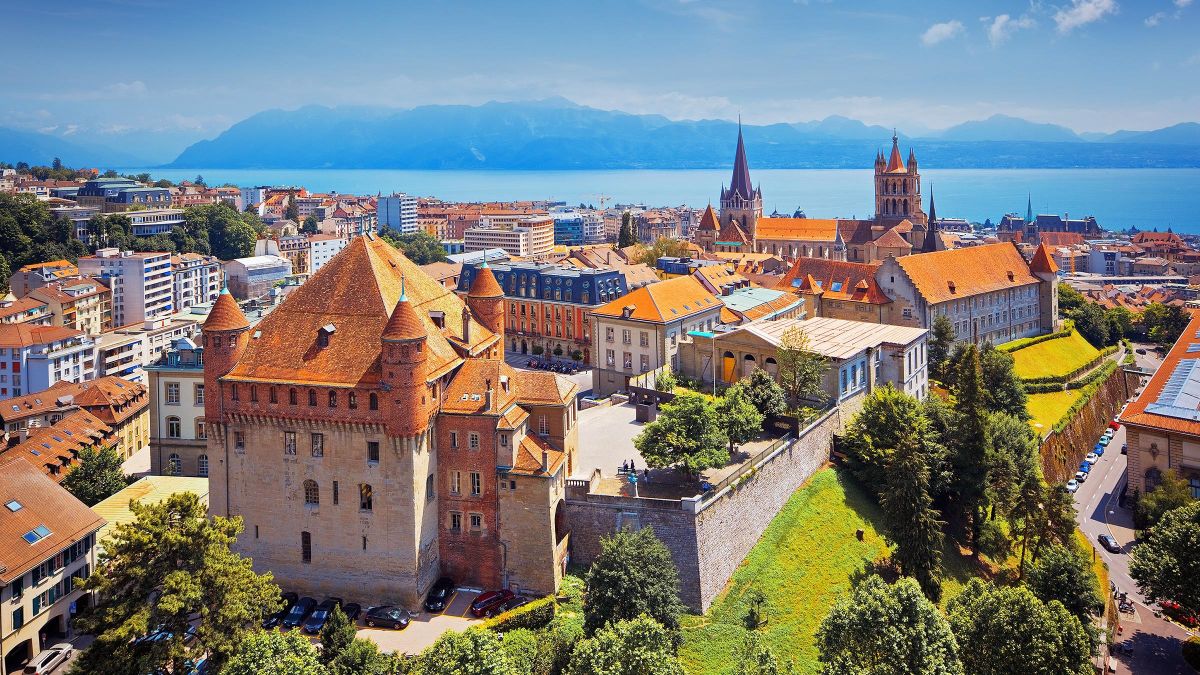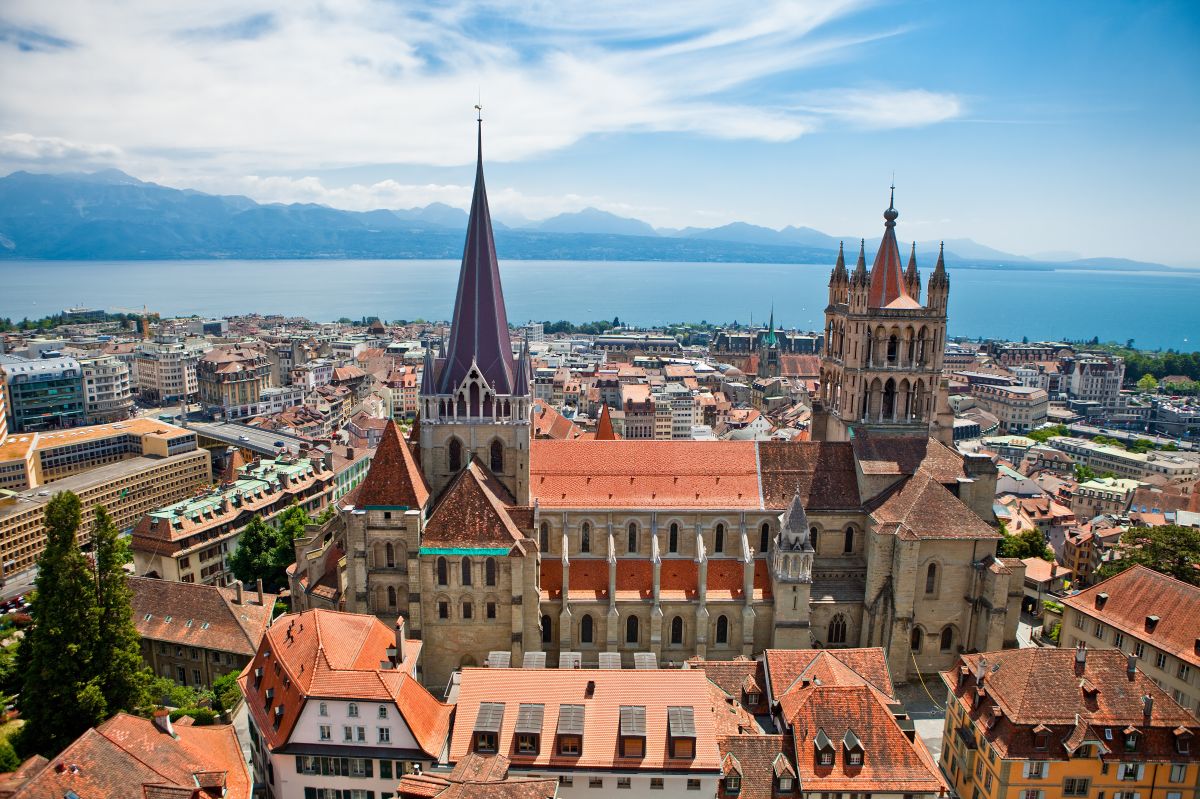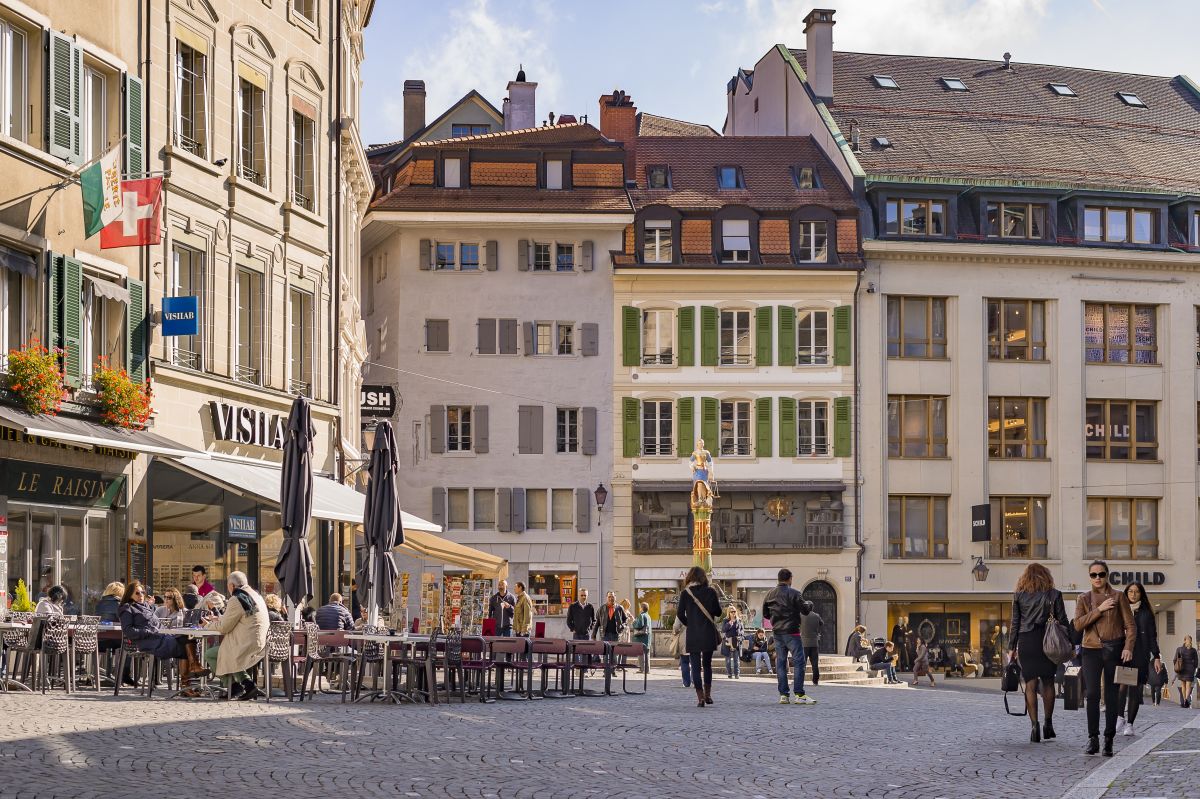Use of Performance Cookies
Our website uses performance cookies to monitor, maintain, and improve its functionality, availability, and user experience. These cookies collect technical and behavioral data without directly identifying users. Unless otherwise stated, data is processed in aggregate or pseudonymised form.
Tools Used and Purposes
Google Analytics 4 (GA4)
We use Google Analytics 4 (Google Ireland Ltd.) to understand how visitors interact with our website (pages visited, session duration, traffic sources, etc.).
GA4 uses cookies and anonymous identifiers. IP addresses are anonymised.
Legal basis: Legitimate interest (Art. 6 para. 1 lit. f GDPR)
Google Tag Manager
This tool manages our website’s tracking tags (e.g., GA4, Hotjar, Google Ads).
Google Tag Manager does not collect personal data but may trigger tags that do.
Legal basis: Legitimate interest (Art. 6 para. 1 lit. f GDPR)
Google Ads (Conversion Tracking & Remarketing)
We use Google Ads to measure advertising performance and conversion tracking.
Cookies help determine if a user has completed a desired action after clicking an ad.
Legal basis: Legitimate interest (Art. 6 para. 1 lit. f GDPR)
Note: No personally identifiable information is used without explicit consent.
Hotjar
We use Hotjar Ltd. to analyze user behavior through heatmaps, anonymous session recordings, and feedback tools.
Hotjar does not collect personally identifiable data such as names or full IP addresses.
Legal basis: Legitimate interest (Art. 6 para. 1 lit. f GDPR)
Cloudflare
We use Cloudflare, Inc. as a security and performance service (CDN). Cloudflare sets the __cf_bm cookie to distinguish between humans and bots and to prevent malicious traffic.
This cookie is not used for marketing purposes.
Legal basis: Legitimate interest (Art. 6 para. 1 lit. f GDPR) – Website security and availability.
Cookie Consent Management
When first visiting our website, you will be asked to accept or decline performance cookies via a cookie banner. You may update your preferences at any time using the [cookie settings link] (insert link).
You can also configure your browser to block or delete cookies. Please note that some website features may no longer be available.
International Data Transfers
Some of the services listed (e.g., Google, Hotjar) may transfer your data to the United States. These transfers are protected by appropriate safeguards such as the EU-U.S. Data Privacy Framework.
Your Rights
Under the GDPR, you have the following rights:
-
Right of access, rectification, and erasure
-
Right to restriction and objection
-
Right to data portability
To exercise your rights or ask a question, please contact us at:
info@lausanne-tourisme.ch
Please enable the strictly necessary cookies first so we can save your preferences!
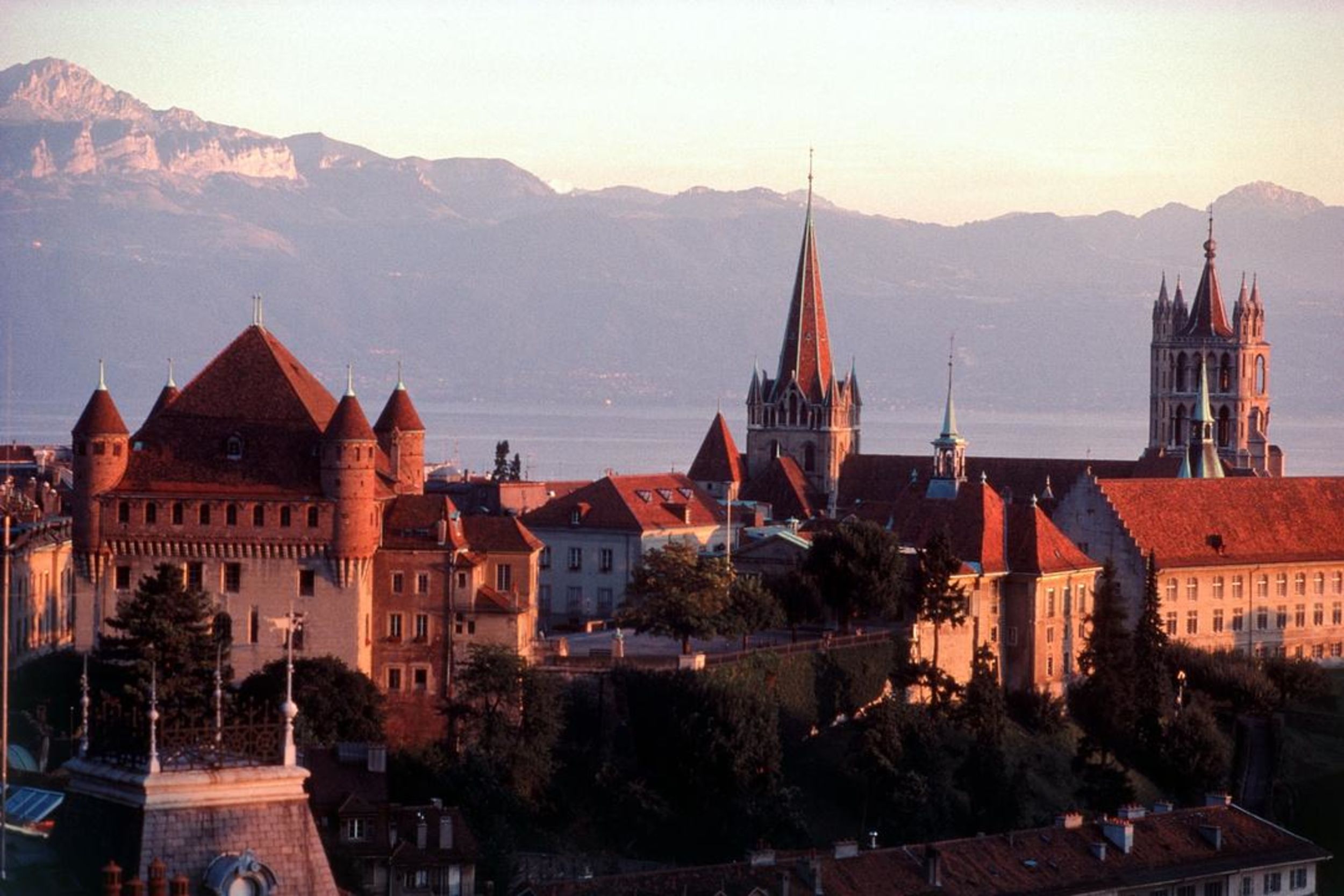





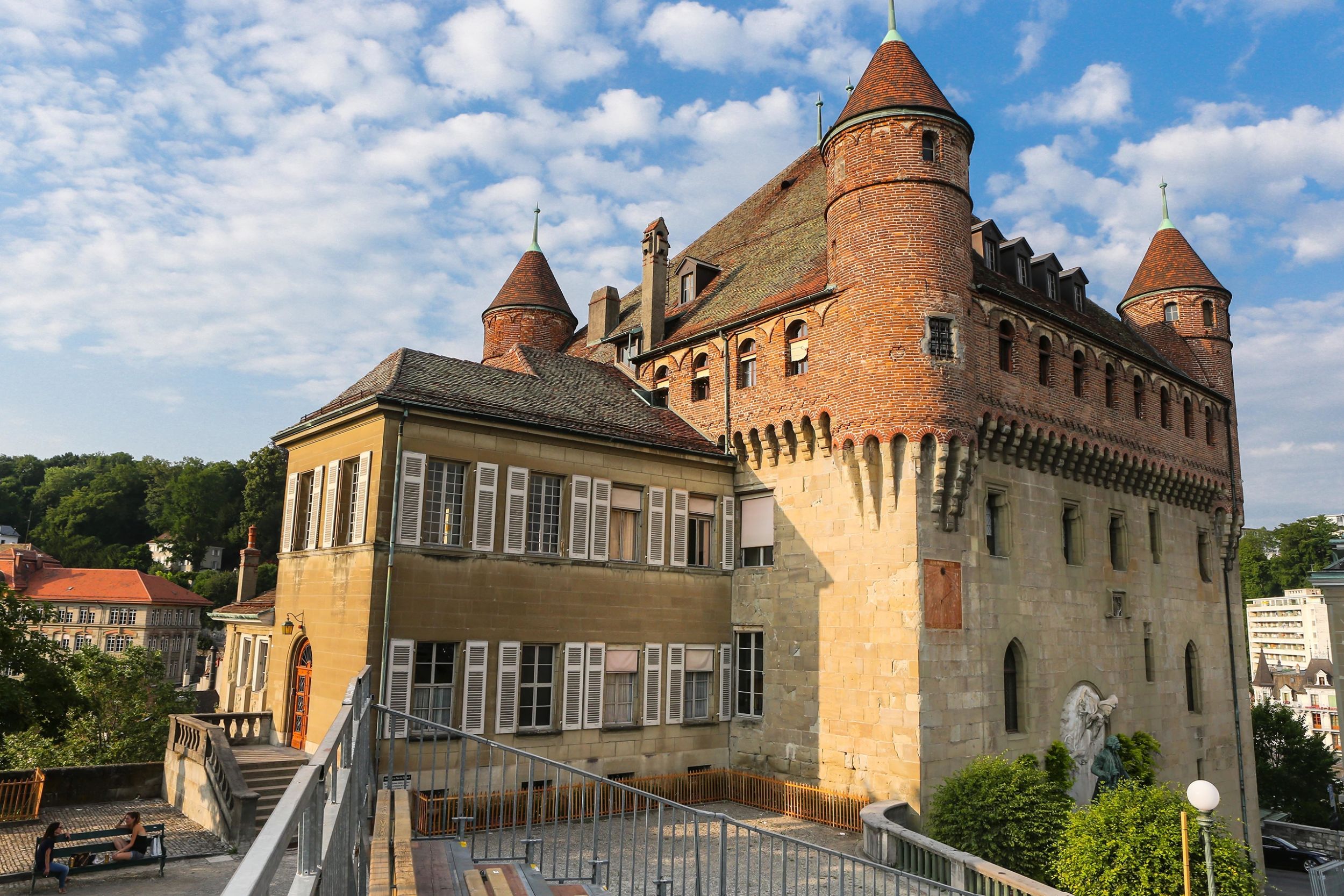
 Website
Website